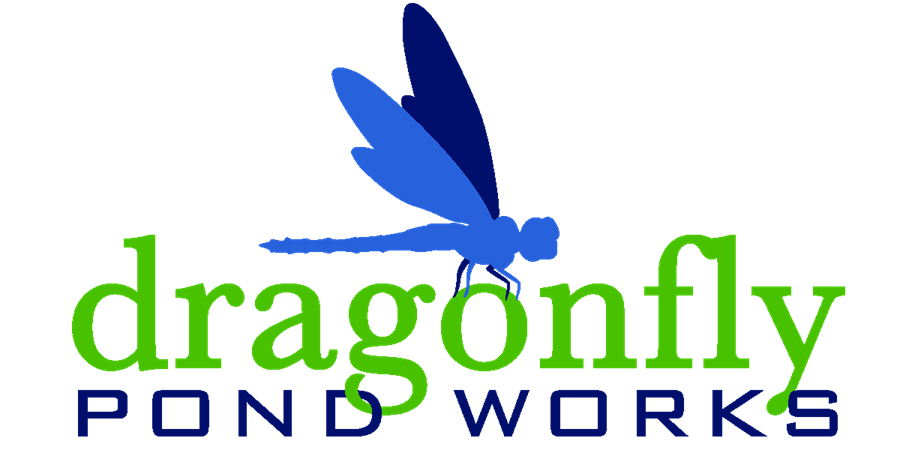Spring Algae Production
Spring is finally here, and while the weather is enjoyable, it can also bring vegetation issues for pond around the area. One of the most common and difficult to treat issues is algae. There several different types of algae:
Green phytoplankton: This is single-celled algae, which usually adds a greenish tint to the water. It is great for adding oxygen to the water and can also serve as food for some kinds of fish. If there are excess nutrients in the pond, however, it can overproduce to where it takes over a pond. The level of treatment used depends on whether fish are present and personal preference for the amount of algae present.
Blue-green/Cyanobacteria: This type of algae is very similar in appearance and characteristics to the phytoplankton. It is half algae and half bacteria. It produces a very thick top layer that is bluish-green in color and blocks out the light below, which the phytoplankton would feed on. This can lead to the accumulation of sludge on the bottom of the pond and a reduction in oxygen content in the water. This type of algae is also known for giving off a bad odor and has the potential to cause sickness to pets and humans if exposed.
Filamentous: There are many different types of filamentous algae. It can also be called pond moss or pond scum. The types that show up during warm weather usually began forming at the bottom of the pond while the temperatures were cooler. The algae forms a thick mat layer and then rises to the surface when the temperatures continue to rise. This can be one of the most difficult types of algae to treat!
Catching an algal bloom early can help tremendously in the ability and speed of treating it. There are many different methods that can be used to treat algae, such as sprays, dye, aeration, and more. Treatment depends on each situation and the goals for the pond.
